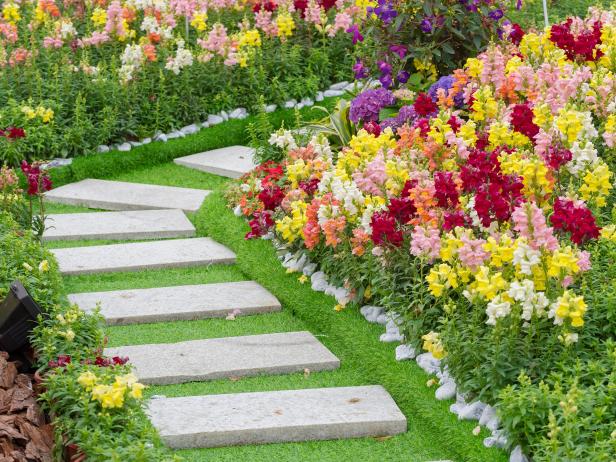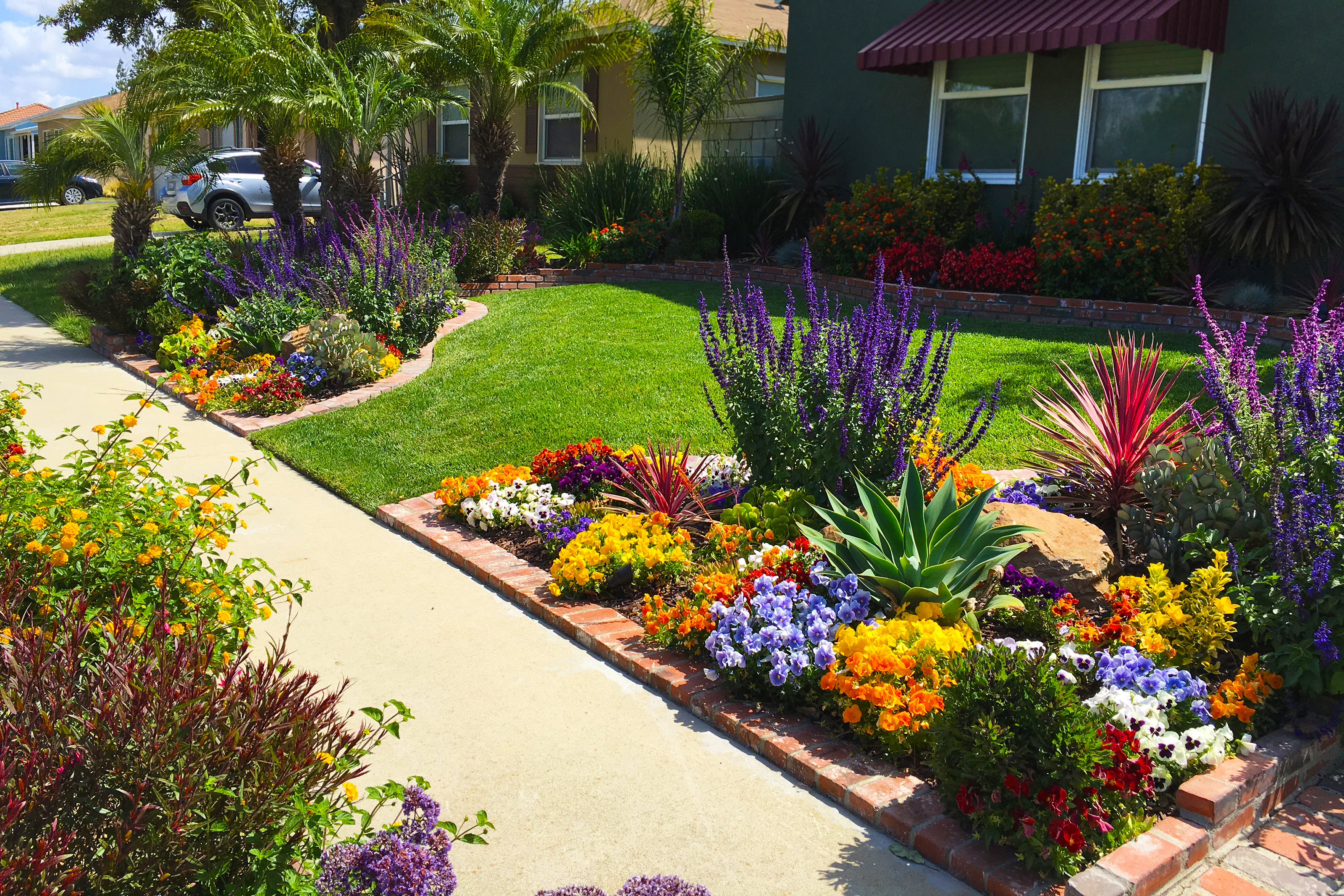Change Your Outdoor Space with Professional Palm Desert Landscaping Solutions
Change Your Outdoor Space with Professional Palm Desert Landscaping Solutions
Blog Article
A Comprehensive Guide to Creating and Implementing Effective Landscape Design Solutions
The art and scientific research of landscape design extend past mere looks; they involve a thoughtful assimilation of layout principles, environmental stewardship, and sensible application. What strategies can one use to make sure these landscapes not only thrive but additionally grow in consistency with their surroundings?

Understanding Landscape Design Concepts
One may wonder what fundamental components add to reliable landscape layout. At its core, successful landscape style depends upon several essential concepts that direct the plan and selection of components within a space. These principles consist of unity, equilibrium, percentage, and rhythm, each serving to create an unified outdoor setting.
Unity refers to the cohesive relationship among numerous components, making certain that they work with each other cosmetically and functionally. Balance can be accomplished through in proportion or asymmetrical arrangements, permitting the landscape to really feel steady and welcoming. Percentage entails understanding the range of elements in connection with each various other and the surrounding environment, advertising aesthetic consistency and comfort.

Examining Your Outdoor Area
Before carrying out the principles of landscape style, a thorough evaluation of your outside room is vital. This initial assessment aids specify the extent of your landscaping task and makes certain that your style aligns with the unique qualities of your property. Begin by examining the dimensions of your area, taking specific measurements to understand the available location for different components such as paths, patios, and yards.
Next, observe the existing features of your landscape, including topography, soil top quality, and water drainage patterns. These variables dramatically affect plant option and positioning. Furthermore, evaluate the sunlight direct exposure throughout various areas throughout the day, as this will affect the kinds of plants that prosper in your garden.
Consider the microclimates created by frameworks, trees, and various other challenges, as they can affect temperature level and dampness levels. Lastly, make note of any existing plants or hardscape components that you wish to get rid of or preserve. This thorough analysis lays the foundation for a well-informed and effective landscaping solution, ensuring that your design is not just cosmetically pleasing yet also practical and lasting for many years to find.
Sustainable Landscape Design Techniques
These methods not only advertise ecological balance however likewise boost the aesthetic and useful value of a landscape. Applying effective watering systems, such as drip irrigation, lessens water navigate to this website waste and ensures that plants obtain sufficient moisture (Palm Desert Landscaping).

Another effective strategy is the strategic positioning of hedges and trees to give all-natural windbreaks and color, hence reducing energy costs (Palm Desert Landscaping). Rainfall gardens can be incorporated into the landscape design to manage stormwater drainage properly, filtering system contaminants prior to they get in rivers
Selecting the Right Plants
Picking the right plants for your landscape is essential to attaining both visual allure and environmental harmony. The process starts with an understanding of your neighborhood climate, soil conditions, and the details microenvironments within your landscape. Analyzing aspects such as sunshine direct exposure, wetness degrees, and existing flora will investigate this site help you pick see plants that prosper in your distinct setup.
Take into consideration including native plants, as they are well-adapted to local problems, need less upkeep, and assistance neighborhood wildlife. Additionally, choosing a varied array of species can improve biodiversity while decreasing the risk of disease and pest episodes. It is vital to evaluate the development routines, flowering periods, and seasonal colors of possible plants to develop a cohesive and dynamic landscape.
Additionally, think of the intended use the room; for instance, if the area will certainly experience high foot traffic, select durable ground covers. By attentively selecting plants that line up with both your environmental requirements and visual goals, you can create a sustainable landscape that not only enhances your building however also adds positively to the bordering environment.

Execution and Upkeep Strategies
As soon as the ideal plants have been selected for your landscape, the emphasis changes to effective implementation and ongoing upkeep approaches. Effective installation begins with appropriate website preparation, that includes soil screening to figure out nutrient levels and pH, adhered to by amending the dirt as needed. Very carefully prepare plants according to their development routines and light requirements, guaranteeing sufficient spacing to promote healthy and balanced development.
Watering is a crucial component of implementation. Develop a watering schedule that thinks about the particular requirements of each plant types, changing for seasonal modifications. Making use of drip irrigation systems can improve water efficiency and decrease overflow.
Maintenance techniques should be executed to guarantee the durability and vitality of your landscape. Regular tasks consist of weeding, mulching, and pruning to regulate development and prevent illness. Fertilizing needs to be performed based upon soil tests, giving the essential nutrients without over-fertilizing.
Checking for diseases and parasites is important; early detection can stop significant damages. Seasonal modifications to maintenance routines, such as preparing and winterizing perennials for springtime development, will make sure that your landscape stays healthy and aesthetically appealing year-round.
Verdict
Successful implementation and recurring maintenance further make certain the long life and vigor of landscapes. By incorporating these elements, landscapes can be transformed into gorgeous, useful environments that advertise biodiversity and add favorably to neighborhood well-being.
One may wonder what foundational elements add to effective landscape design. At its core, successful landscape layout pivots on numerous crucial principles that direct the arrangement and option of elements within a space.Selecting the right plants for your landscape is important to accomplishing both aesthetic appeal and environmental consistency. It is vital to review the growth practices, blooming durations, and seasonal shades of possible plants to develop a natural and dynamic landscape.
As soon as the appropriate plants have actually been selected for your landscape, the emphasis moves to effective execution and continuous maintenance methods.
Report this page